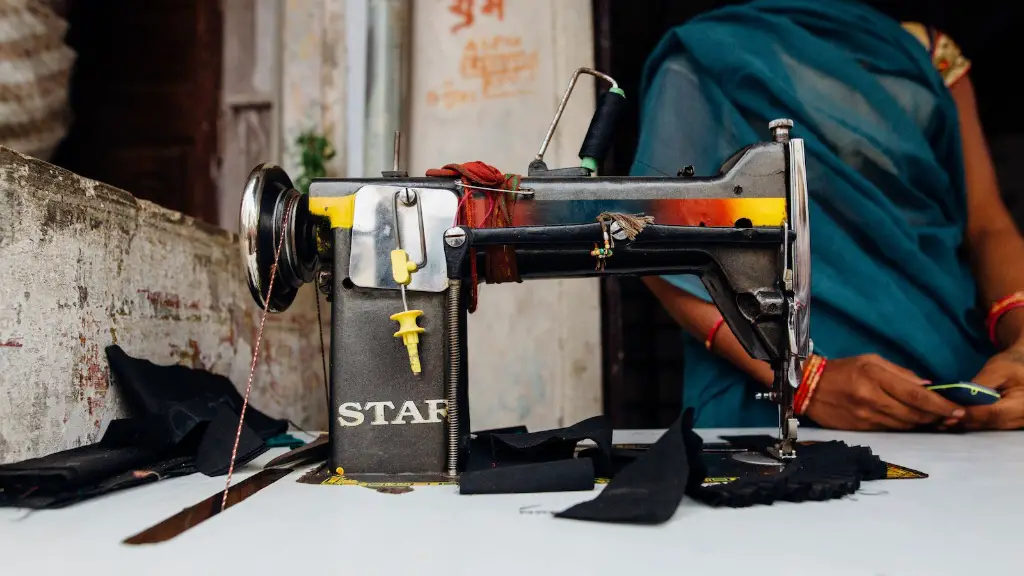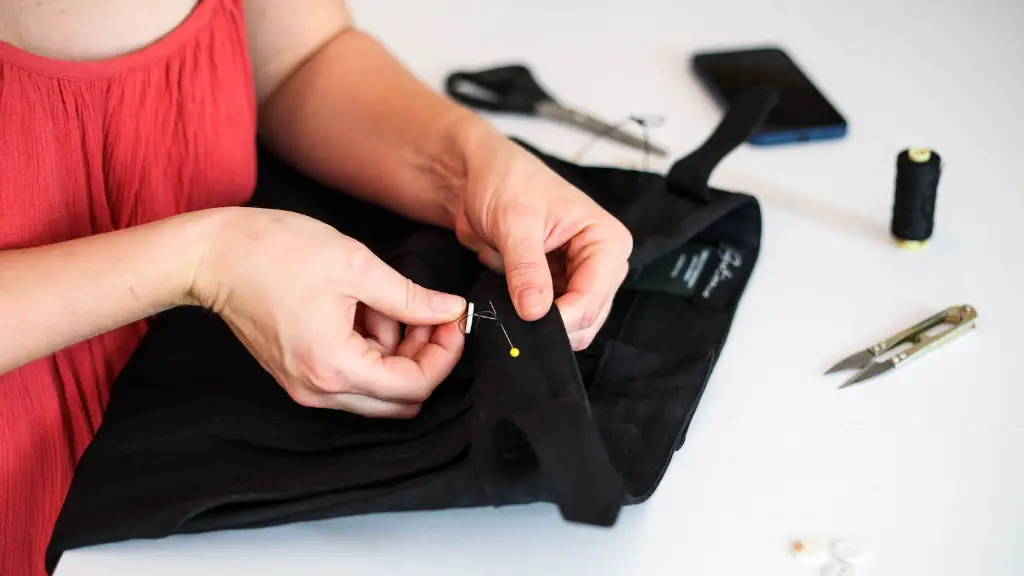Keeping Your Singer Sewing Machine In Good Working Order
Your Singer sewing machine can last you a lifetime with the right maintenance and servicing every so often. Servicing your machine should be done to ensure that all components are functioning properly and without any damage, preventing future breakdowns and more expensive repairs. It is very important in order to get the best performance out of your machine.
The Cost of Service
The cost of service usually varies depending on the type of machine, technician and the model, as well as the extent of the need for repairs. On average, the cost of a service for any Singer machine is around $75 dollars. After the service, you can also request some a customized manual with instructions that precisely outlines the machine’s working order.
Benefits of Service
Servicing not only ensures the proper functioning of your machine but also improves its life by eliminating any problems that may have occurred during its usage or storage. As with any machine, a service should be done periodically in order to maintain its performance level, even in between usages. Servicing also helps replace any existing parts that need replacing.
Getting Your Machine Serviced
There are a number of places to get your machine serviced, depending on your location and the availability of service providers. One of the most popular is Singer’s own service centers. They promise to inspect, adjust, and repair with Singer approved parts. All repairs are done according to the model specification and they make sure to retain the machines originality.
DIY-The Safe Way to Service Your Machine
In addition to taking your machine for service, there are a few steps you can take to ensure your machine’s proper functionality. Firstly, in normal use of your machine, it is important to clean it regularly with products recommended by Singer. This will prevent dust and particles from affecting the different parts of the machine which may cause it to wear out or malfunction.
Many instructions for further maintenance and cleaning of your machine can be found in the user’s manual and you should inspect the machine regularly to determine any damage or repairs that may be necessary. Never use harsh chemicals to clean the machine, as this can damage the delicate parts. When cleaning and looking for damages, always ensure that the machine is unplugged and the power turned off to ensure safety.
It is important to remember to oil the machine and replace any worn or worn out parts. For more complex problems, it is best to take it to an authorized Singer service provider.
Storage Tips for Your Sewing Machine
When the machine is not in use, it is important to store it in the right way to ensure it stays in good condition. The machine should be kept in a dry, dust-free environment and cool, away from direct sunlight. This prevents any pieces from rusting and machine from overloading and overheating.
It is also important to remember to regularly unplug the machine or turn the power off when you are not using it. This helps to prevent any short circuits or electric shocks. You should also check and make sure that the cord is in good condition and replace it when necessary.
Preventive and Regular Servicing
Even with regular cleaning and maintenance, a regular servicing is necessary in order to keep your machine in optimum condition and ensure that it performs as it should. The service should include a thorough check-up, disassembling and cleaning of all the machine’s parts, the cleaning and oiling of the various mechanisms and a general adjustment. This can help to prolong the life of your sewing machine and prevent any expensive repairs in the future.
Troubleshooting Services
Many online services offer troubleshooting for Singer sewing machines which is a great way to easily diagnose problems with the machine. This is a very useful tool as it provides quick and helpful solutions to common sewing machine problems. Most of these troubleshooting services offer step-by-step instructions on how to diagnose the problem and what to do next.
Get Professional Help From Locally Available Technicians
If you can’t seem to fix the problem on your own, it is best to get an experienced, certified technician to take a look at your machine. Make sure to get technicians who have a good reputation and who have repaired Singer machines in the past. A professional technician will be able to quickly diagnose the problem and make the necessary repairs or replacement, as well as give advice on how to take better care of the machine.
Using Only Quality Needles, Presser Feet and Fabric
In order to get the most out of your machine, it is important to use only quality needles, presser feet and fabric to work on the machine. This will ensure that the needle is of the right size and strength for the fabric, thereby preventing any damage to the machine or to the fabric. The same applies for presser feet. It is important to use only those that are compatible with the machine and that are made of good quality materials.
Know How to Thread the Machine
It is important to know the steps and sequence of threading the machine correctly. This ensures that the stitches are precise and neat. A wrong sequence could result in lopsided stitching, uneven tension and other problems. Make sure to refer to the manual or ask an expert for advice if you are not sure.
Be Aware of Common Troubleshooting Tips
It is important to be aware of some of the common troubleshooting tips if your machine is behaving abnormally. Sometimes the problem may be something as simple as a broken or worn out thread guide, tension setting or buttonhole foot. Make sure to check all of these and resolve the problem before you take the machine for a service.
Keep All Necessary Components and Accessories in Hand
Make sure to keep all the necessary Singer machine components and accessories in hand for whenever you need them. This includes extra needles, presser feet and bobbins, thread guides and tension settings. This will help to avoid any delays in replacing worn out parts or components.
Conclusion
To ensure your Singer sewing machine is in good working order, it is important to consult the user’s manual regularly, undertake any necessary cleaning and maintenance, use quality needles, presser feet and fabric, be aware of common troubleshooting tips, store the machine in the right environment and have all necessary accessories in hand. In addition, a regular servicing can help to extend the life of your machine and give you peace of mind.



